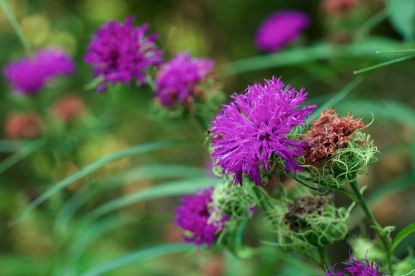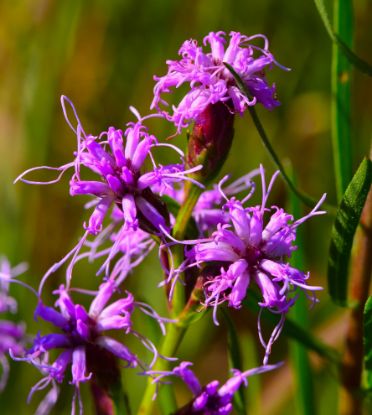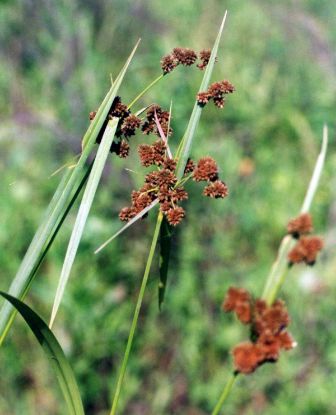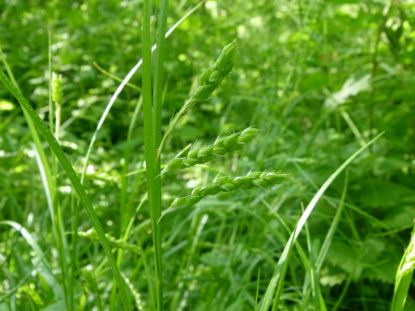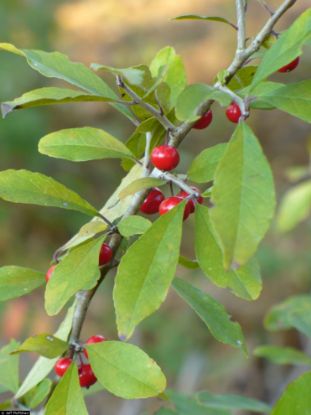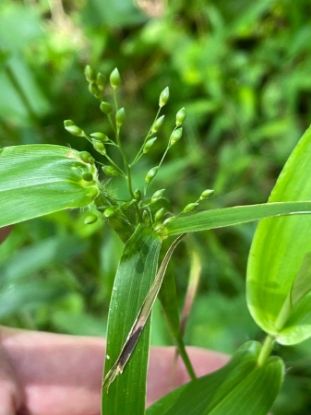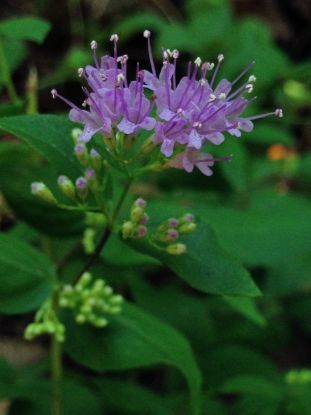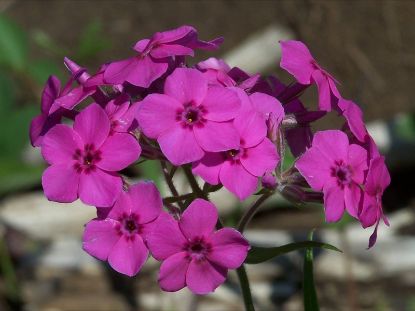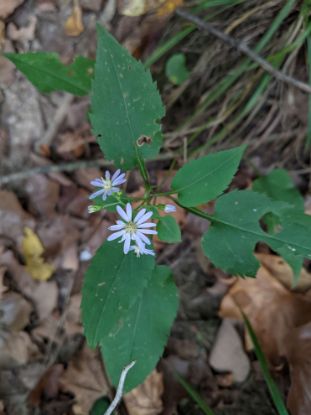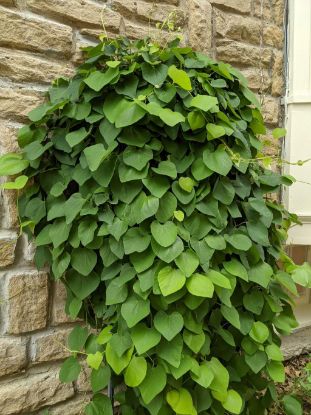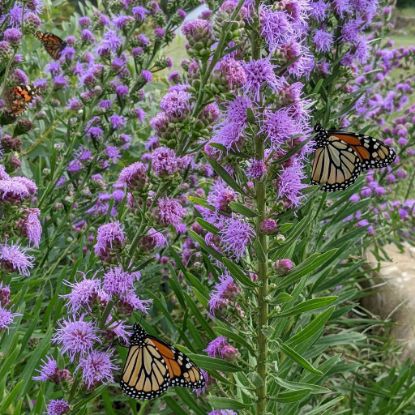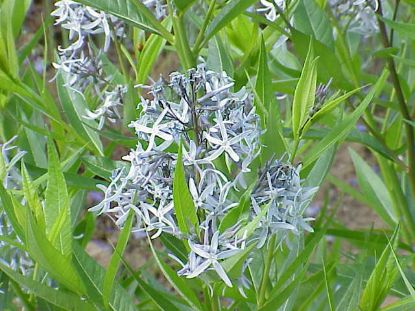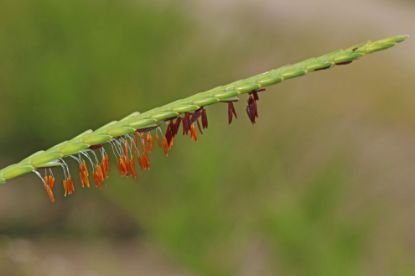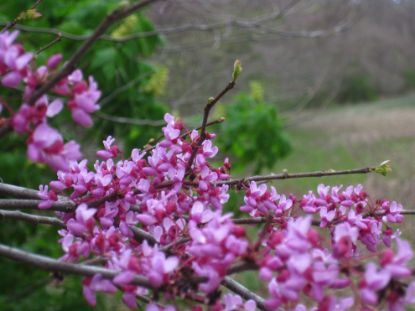Filter by attributes
Products
Sort by
Display
per page
View as
305 products found
Curlytop Ironweed (Vernonia arkansana)
Attract pollinators to your rain garden in late summer with these beautiful flowers. The long-horned bee Melissodes denticulata specializes on this plant.
I'm sleeping right now. See you in the spring.
$6.00
Cylindrical Blazing Star (Liatris cylindracea)
A short, upright blazing star that would be great for the front of a bed. Loves poor soil and hot and dry conditions. Mammals find all parts of the plant delicious.
I'm sleeping right now. See you in the spring.
$6.00
Dark Green Bulrush (Scirpus atrovirens)
Tolerates many soil types, but leaves may turn yellow-green in dry soil. Can submerge in water garden pot or along pond banks but may colonize through rhizomes. Prefers some shade during hot summers.
I'm sleeping right now. See you in the spring.
$6.00
Davis' Sedge (Carex davisii)
Not preferred by deer and good for erosion control in a wet area with dappled sunlight. Seeds turn brown, adding nice texture and contrast to the garden.
I'm sleeping right now. See you in the spring.
$6.00
Deciduous Holly (Ilex decidua)
Female plants produce red berries that persist through winter and are enjoyed by wildlife. We can't guarantee gender but need male and female near each other to produce fruit. Typically only reaches 15 feet high.
I'm sleeping right now. See you in the spring.
$14.00
Deertongue Panicgrass (Dichanthelium clandestinum)
A cool season grass with wide leaves and panicle seedheads, eaten by some birds. Can be aggressive in ideal conditions: moist soil in part shade.
I'm sleeping right now. See you in the spring.
$6.00
Dittany (Cunila origanoides)
Can take quite a bit of shade. Also called Wild Oregano, the minty leaves can be brewed for tea. May produce frost flowers in early winter. Spreads through rhizomes, though not as quickly as other mints.
I'm sleeping right now. See you in the spring.
$6.00
Downy Phlox (Phlox pilosa)
Great for attracting hummingbirds, butterflies, and long-tongued bees in late spring. Best in full sun. Spreads easily but not aggressive.
Out of stock
$6.00
Drummond's Aster (Symphyotrichum drummondii)
An aster for your shade garden! Asters are important for late season pollen and support many different insect species. Readily self-seeds.
Out of stock
$6.00
Dutchman's Pipe Vine (Aristolochia tomentosa)
A spreading vine that will grow along the ground and then up any structure it finds. Host for the pipevine swallowtail. Can be used as a privacy screen. Grown more for heart-shaped foliage than flowers. Toxic to humans if ingested.
I'm sleeping right now. See you in the spring.
$6.00
Eastern Blazing Star (Liatris scariosa)
A magnet for butterflies (especially Monarchs), bumblebees, and other pollinators and even attracts hummingbirds. Tolerates poor soils; flops in rich soil. Browsed by deer, rabbit, and voles.
I'm sleeping right now. See you in the spring.
$6.00
Eastern Blue Star (Amsonia tabernaemontana)
Forms a wide, almost bush-like, plant with beautiful yellow fall color. Cut back after flowering into desired form. May become floppy and need to be staked in rich, moist soil.
I'm sleeping right now. See you in the spring.
$6.00
Eastern Gamagrass (Tripsacum dactyloides)
Large clump-forming grass best suited for a very large garden or natural area. Beautiful large seedheads. A high protein plant good for animal grazing.
I'm sleeping right now. See you in the spring.
$6.00
Eastern Redbud (Cercis canadensis)
A beautiful small tree that indicates spring is here with its bright pink flowers that are later replaced with heart-shaped leaves. Also supports a large number of different bee species. A study in KC showed that Cercis is one of the plant genera in our
I'm sleeping right now. See you in the spring.
$14.00
Eastern Wahoo (Euonymus atropurpureus)
Beautiful reddish leaves and unique fruit make quite a statement in the fall. Protect from deer and rabbits for the first few years.
I'm sleeping right now. See you in the spring.
From $14.00
